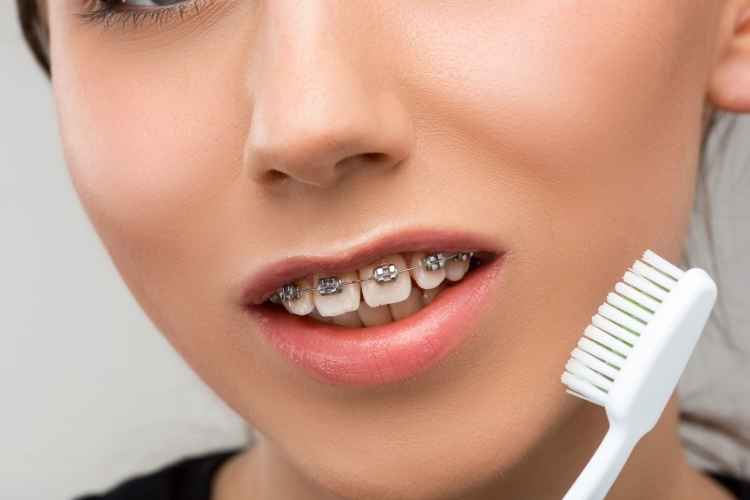In this blog we are going to tell you about Bite Blocks for Braces, so read this blog carefully to get the complete information.
The typical orthodontic appliance is a set of metal bands that wrap around your back teeth as well a Bite Blocks for Braces: What Makes It Tough Installing It in Your Mouth a wire that attaches to it and passes via brackets on each tooth. Together, the brackets pull your teeth towards a more advantageous position.
In some circumstances, additional tools are required to get good results. Bite blocks, also known as turbos or ramps, are one element that could support your therapy.
In order to avoid brackets from breaking when you bite down, The best family dentist in Batavia also adds that bite blocks are sometimes used to prevent teeth grinding. Continue reading to discover further about bite blocks and their use.
How do bite blocks work?
An orthodontist will place a little tool called a bite block on the front or back teeth to prevent your lower and upper teeth from contacting one another when you bite down.
They can indeed be pinkish, blue, red, silvery, or tooth-colored and thus are typically constructed of metals, glass Ionomer cement, or acrylics.
Bite blocks might even be spring-loaded in rare circumstances. On occasion, biting blocks in the form of a L or a triangle are positioned on the tongue-side of your front teeth, but on other occasions, flat or mushed blocks are affixed to the crowns of your back molars.
RELATED – IS LIQUID NITROGEN EDIBLE?: EVERYTHING YOU SHOULD KNOW ABOUT LIQUID NITROGEN!
Why are bite blocks necessary for braces?
If your orthodontist has prescribed bite blocks, it’s likely because the manner your teeth touch one other could harm or delay the process of correcting them.
Bite blocks further prevent you from chomping down on your brackets & snapping them off, or worse, damaging your tooth, if you have an overbite, co – relation, crowding, and deep bite.
While traditional orthodontic braces are typically used during conjunction with bite blocks, certain orthodontists may utilise bite blocks on their own. Bite blocks could help fix a crossbite in younger patients.
Are bite blocks accompanied by any negative effects?
Like several other dental appliances, bite blocks can occasionally cause issues, especially in the beginning. Among the most typical issues are listed here, along with solutions.
Difficulty in Chewing
According to research from a reputable source, chewing while experiencing a biting block modifies the way your face muscles function. When your teeth don’t meet the same way they accustomed, this could take some time to learn how to chew properly.
You might wish to select foods that demand less forceful swallowing while you’re getting used to a new eating regimen. Foods that need a lot of chewing, including steak, would likely be challenging and painful. Most of the time, soft foods are preferable.
Impediment of Speech
Some persons may lisp or make some vowels incorrectly when speaking as a result of biting blockages getting in the path of their tongue. This problem is likely with blocks affixed to the linguistic (inside) surface of the teeth.
Discomfort
As your teeth begin to shift into other new positions in your mouth after getting braces, you might experience some discomfort.
Bite blocks might add to your suffering because the pressure you use to bite is solely localised in the places where your bite panels hit your teeth.
RELATED – IS WATER LETTUCE EDIBLE?: KNOW IF IT IS TOXIC OR NOT!
Conclusion
We Hope this blog is sufficient enough to provide the information about Bite Blocks for Braces. Thanks for reading this blog.
